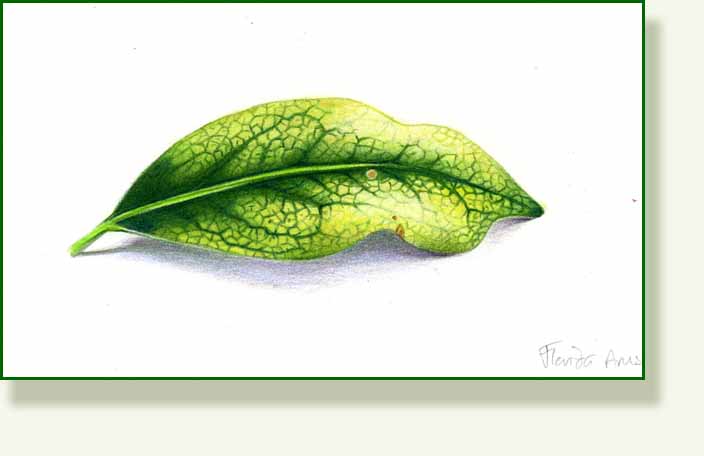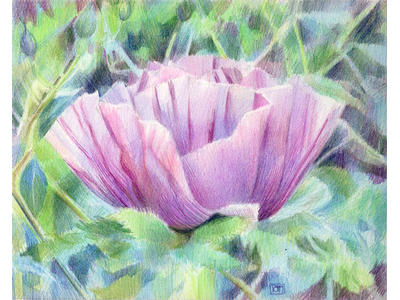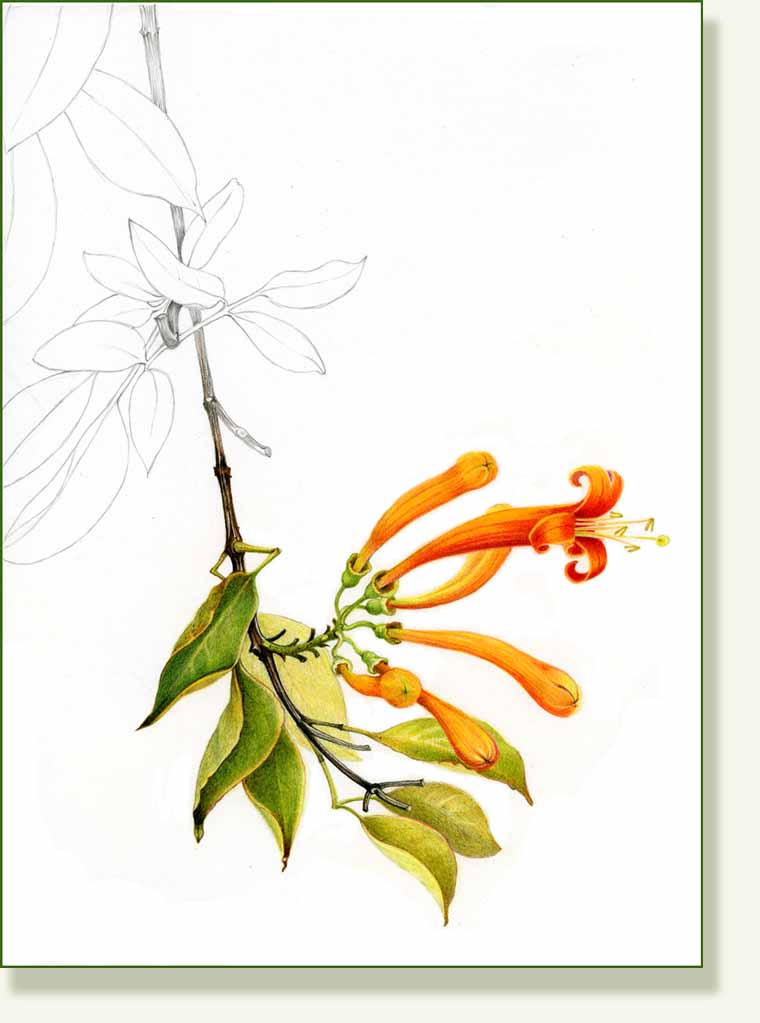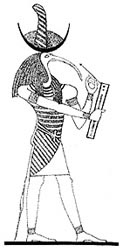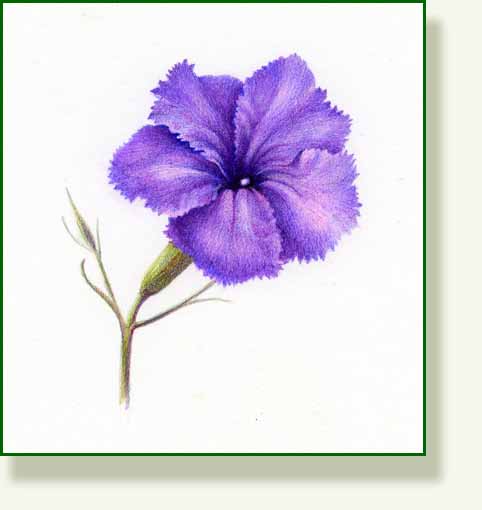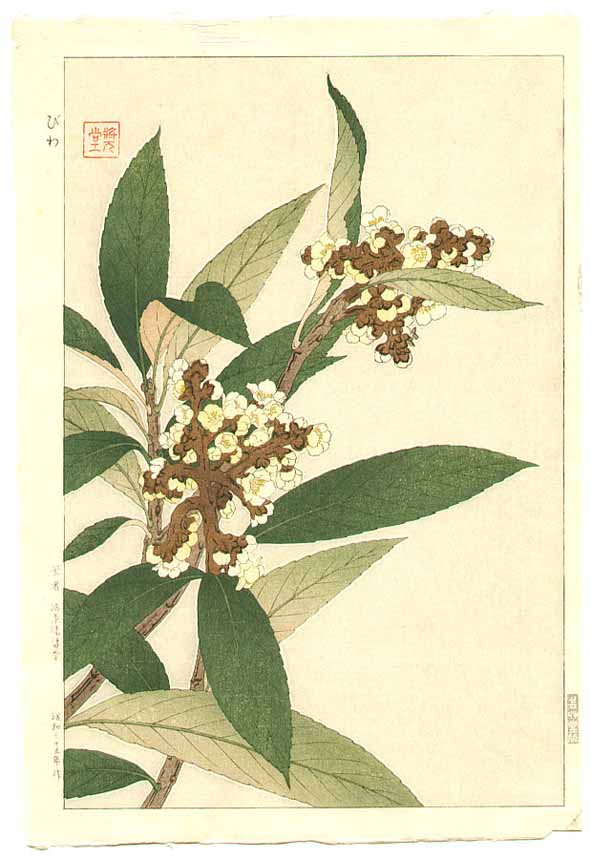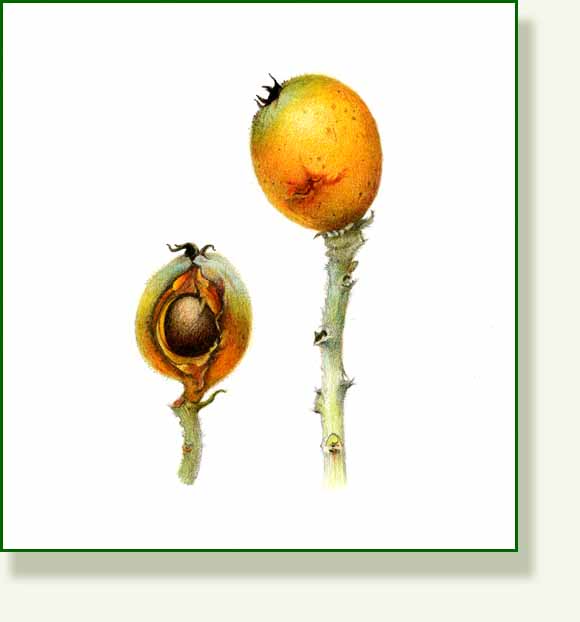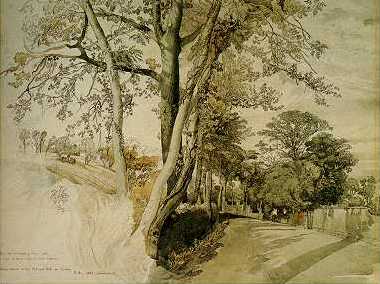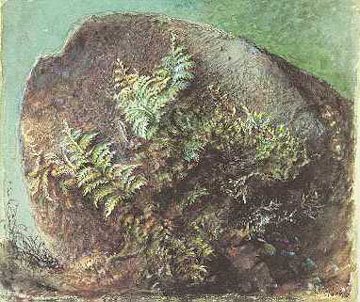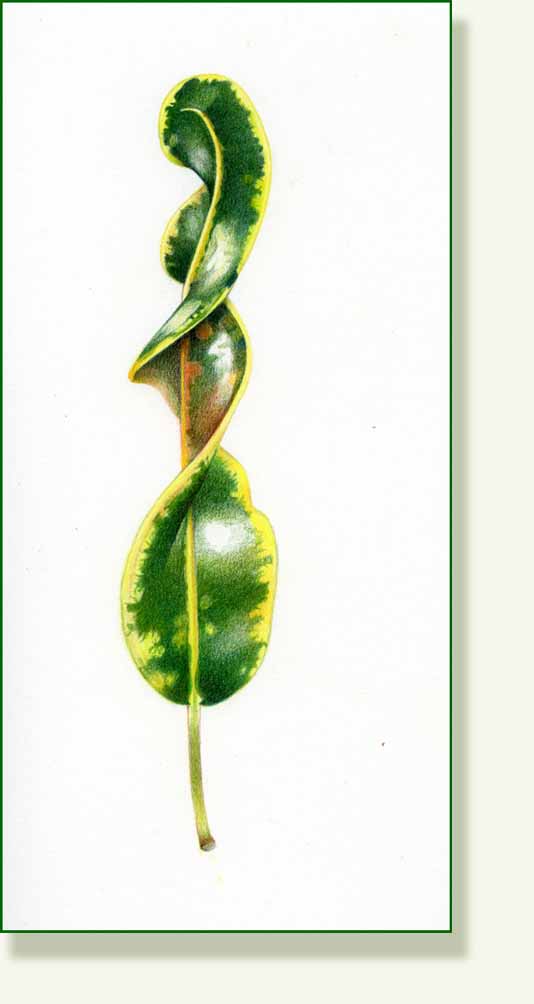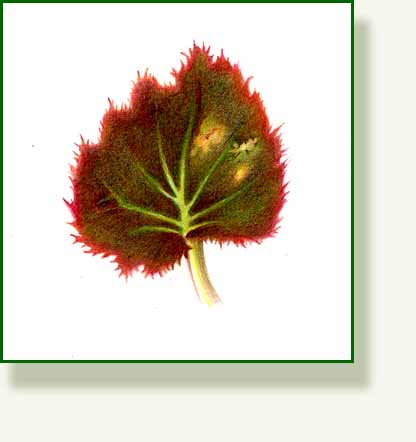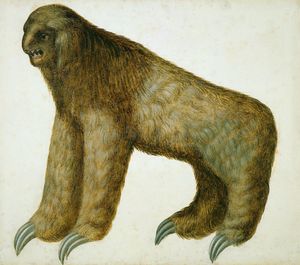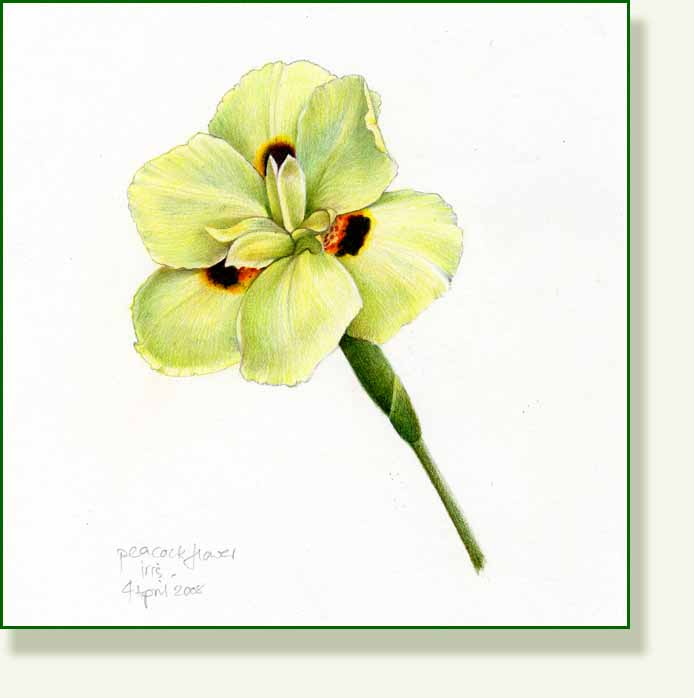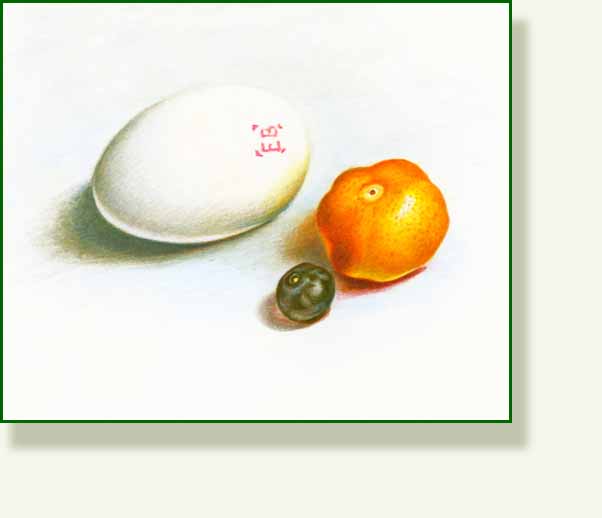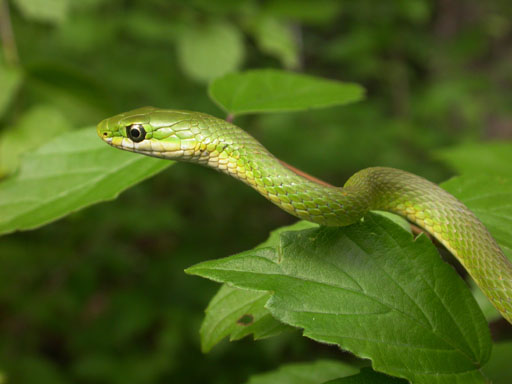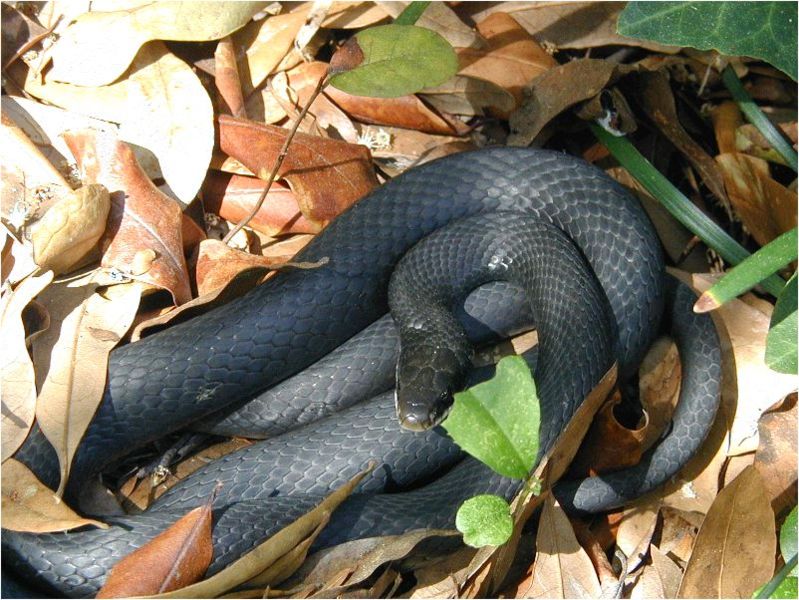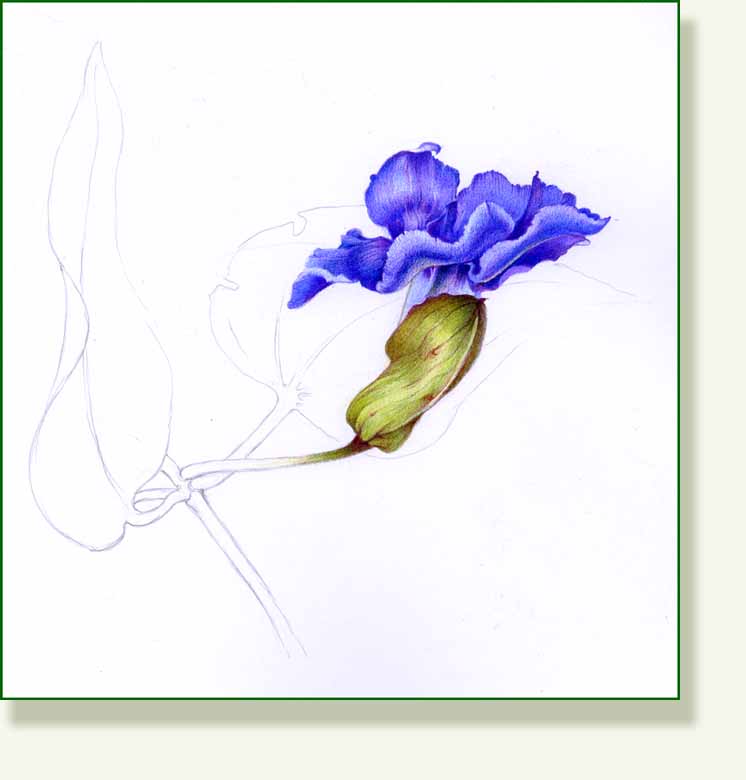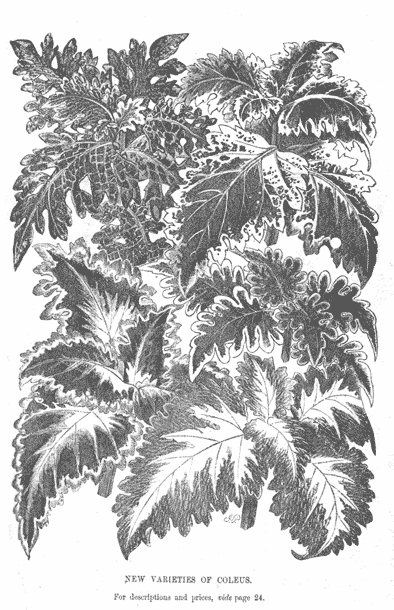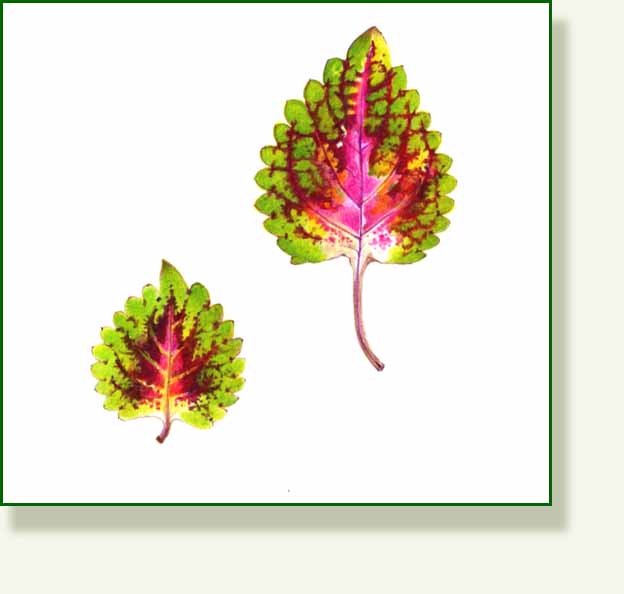Today I spent a couple of hours at Leu Gardens making a colour note sketch of the Gazebo to follow on from the tonal sketch I did yesterday. I laboriously mixed the greens as accurately as I could which means stopping and starting, looking and mixing, trying the colour out and then putting it in the right place. It took me an hour and a half. The result is not a good painting at all but a record of some accurate greens in approximately accurate places. It’s a good exercise for mixing greens but you would probably not want to paint a ” picture ” exactly like this. I will return tomorrow to try one more, slightly bigger study and then post the results tomorrow.
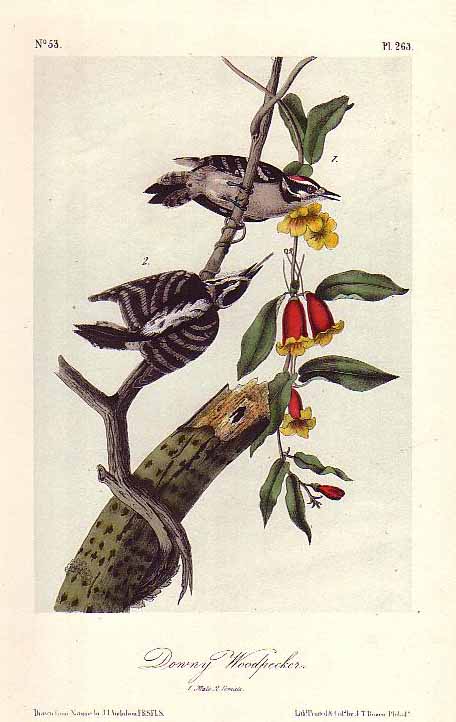 The woodpecker was high up in the adjoining tree again, the noise is incredible. I found out its pecking speed is 20 times a second and to prevent it scrambling its brains it has a specially reinforced skull with cross bracing bones. I am not sure exactly which woodpecker this is as it was too high to see properly, but it was tiny and black and white so maybe its the downy woodpecker. Here is a lovely Audubon engraving. I have not yet written about wonderful wonderful Audubon yet. It was love at first sight when I saw his work many years ago. I started buying art books as soon as I had my first job and remember agonising about buying a lovely Country Life book of his work in the early 1970´s. I bought it of course. Now here in Florida the works are even more resonant as I am seeing the same birds in the same locations. There is so much I want to say about Audubon that it will have to be quite a few posts.
The woodpecker was high up in the adjoining tree again, the noise is incredible. I found out its pecking speed is 20 times a second and to prevent it scrambling its brains it has a specially reinforced skull with cross bracing bones. I am not sure exactly which woodpecker this is as it was too high to see properly, but it was tiny and black and white so maybe its the downy woodpecker. Here is a lovely Audubon engraving. I have not yet written about wonderful wonderful Audubon yet. It was love at first sight when I saw his work many years ago. I started buying art books as soon as I had my first job and remember agonising about buying a lovely Country Life book of his work in the early 1970´s. I bought it of course. Now here in Florida the works are even more resonant as I am seeing the same birds in the same locations. There is so much I want to say about Audubon that it will have to be quite a few posts.
My leaf for today is from the beautiful Florida Anise. illicium floridanum
This is from the same family as the the spice, star anise. ilicium verum but this one is not edible at all and can be poisonous if eaten in quantities.
You can see why I liked the leaf. In fact there are several variegated types at the gardens. The leaves are very attractive, evergreen and when crushed, they emit the characteristic aniseed smell.
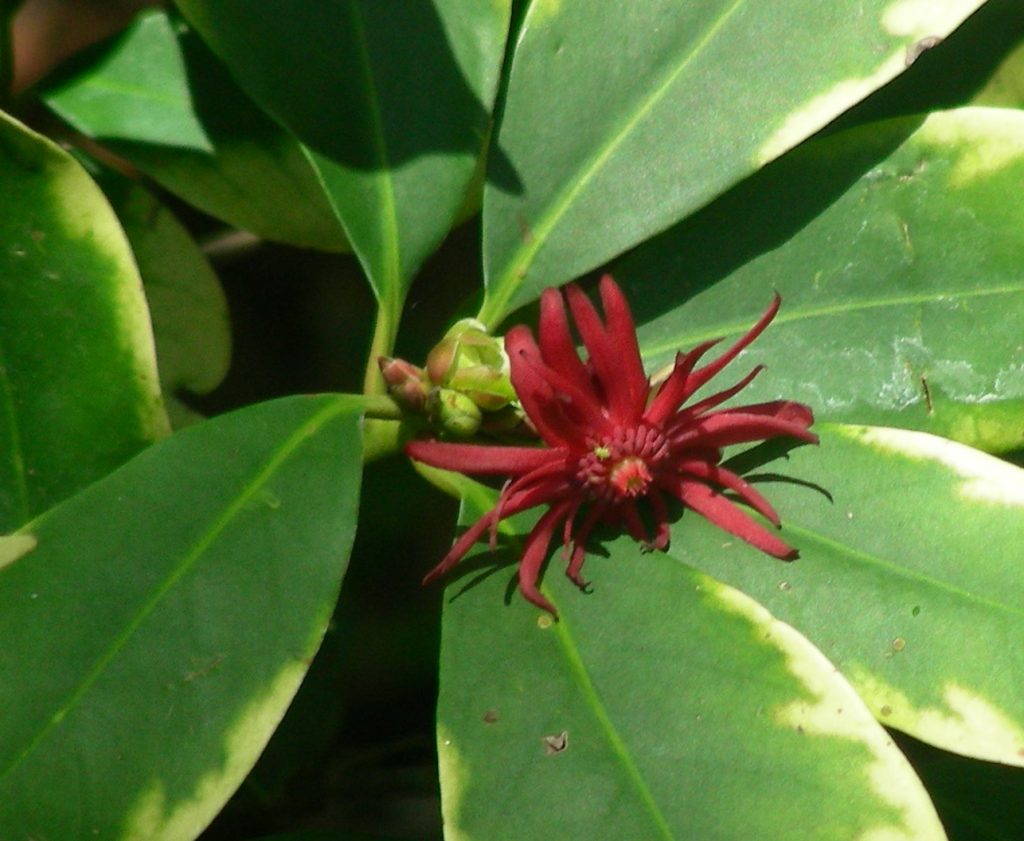 Here is my photo of one of the little flowers which have a strange appearance, like small spidery stars and are often hidden amongst the leaves, but the oddest thing is that apparently they smell of live fish..( I am not quite sure what that smells like.) I now have to go and find it tomorrow.
Here is my photo of one of the little flowers which have a strange appearance, like small spidery stars and are often hidden amongst the leaves, but the oddest thing is that apparently they smell of live fish..( I am not quite sure what that smells like.) I now have to go and find it tomorrow.
Yes I have, just briefly, returned to the coloured pencils.. it seemed a shame not to put some colour into this study..
_______________________________________________


